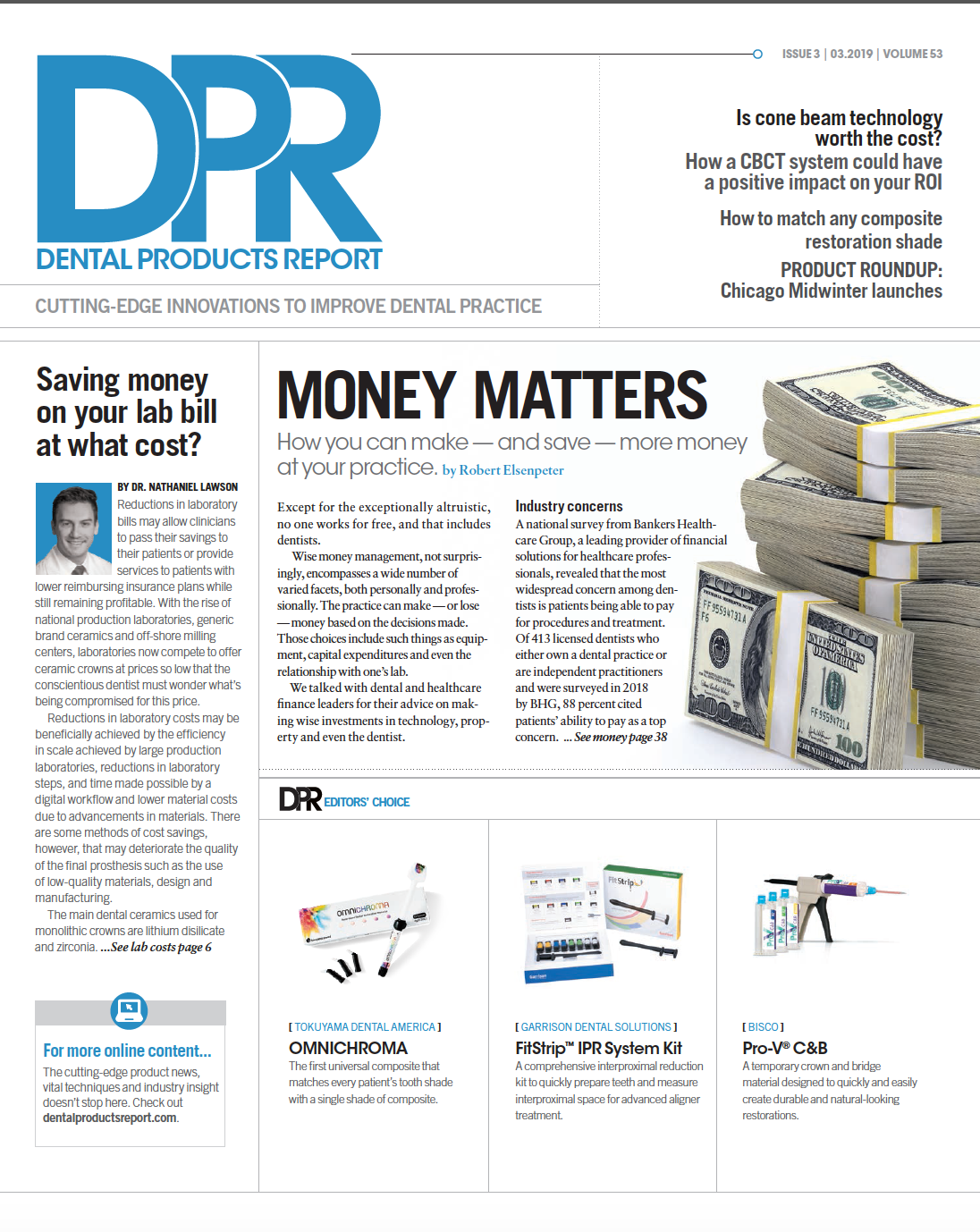5 reasons to consider an EDR tool
EDR solutions are built to supplement endpoint security with increased detection, investigation and response capabilities. Here are five things to look for beyond the hype.

Endpoint detection and response (EDR) tools are built to supplement end point security with increased detection, investigation and response capabilities. However, the hype surrounding EDR tools can make it difficult to understand how exactly they can be used and why they're needed. To make matters worse, today’s EDR solutions often struggle to provide value for many dental practices as they can be difficult to use, lack sufficient protection capabilities and are resource intensive.
Here are some additional reasons to consider an EDR solution:
1. Confidently report on your security posture at any given moment
IT and security teams are often motivated by attack and defense metrics, yet the hardest question for most teams to answer is “Are we secure right now?” This is because most networks have sizable blind spots that make IT and security teams struggle to see what is going on inside their environments. Lack of visibility is the primary reason why organizations struggle to understand the scope and impact of attacks. This often manifests itself when an incident occurs and the team assumes they are safe because that incident was detected. For example, if a suspicious executable was found on the network, it would be remediated. However, the analyst may not know if that executable exists anywhere else in the environment. Being able to view the other locations where threats exist allows the security team to prioritize incidents for additional investigation and potential remediation.
2. Detect attacks that have gone unnoticed
When it comes to cybersecurity, even the most advanced tools can be defeated given enough time and resources, making it difficult to truly understand when attacks are happening. Offices often rely solely on prevention to stay protected, and while prevention is critical, EDR offers another layer of detection capabilities to potentially find incidents that have gone unnoticed. Organizations can leverage EDR to detect attacks by searching for indicators of compromise (IOCs). This is a quick and straightforward way to hunt for attacks that may have been missed. Threat searches are frequently kicked off after a notification from third-party threat intelligence: for example, a government agency (such as US-CERT) might inform an organization that there is suspicious activity in their network. The notification may be accompanied by a list of IOCs, which can be used as a starting point to determine what is happening.
More from this author: How to protect your practice from ransomware
3. Respond faster to potential incidents

Once incidents are detected, IT and security teams usually scramble to remediate them as fast as possible to reduce the risk of attacks spreading and to limit any potential damage. Naturally, the most pertinent question to ask is how to get rid of each respective threat. On average, security and IT teams spend more than three hours trying to remediate each incident. EDR can speed this up significantly. The first step an analyst might take during the incident response process would be to stop an attack from spreading. The investigation process can be a slow and painful one. This of course assumes an investigation occurs at all. Incident response traditionally relies heavily on highly-skilled human analysts. Most EDR tools also rely heavily on analysts to know which questions to ask and how to interpret the answers.
4. Add expertise without adding headcount
By a large margin, dental practices looking to add endpoint detection and response capabilities cite “staff knowledge” as the top impediment to EDR adoption. This shouldn’t come as a great surprise, a full-time cybersecurity expert on the payroll isn’t an option for the vast majority of dental practices. EDR replicates the capabilities associated with hard-to-find analysts. It leverages machine learning to integrate deep security insight and is enhanced with threat intelligence, so you can add expertise without having to add staff. The intelligent EDR capabilities help fill the gaps caused by a lack of staff knowledge, reproducing the functions of several types of analysts.
5. Understand how an attack happened and how to stop it from happening again
Security analysts have recurring nightmares where they have suffered an attack: a dentist exclaims, “How did this happen?” and all they can do is shrug their shoulders. Identifying and removing malicious files solves the immediate problem, but it doesn’t shed light upon how it got there in the first place or what the attacker did before the attack was shut down. Threat cases, included with EDR, spotlight all the events that led up to a detection, making it easy to understand which files, processes, and registry keys were touched by the malware to determine the impact of an attack. It provides a visual representation of the entire attack chain, ensuring confident reporting about how the attack started and where the attacker went. More importantly, by understanding the root cause of an attack, the IT team will be much more likely to prevent it from ever happening again.
While many dental offices may be unaware of EDR, it is worth discussing with your IT provider or other dental IT experts.
